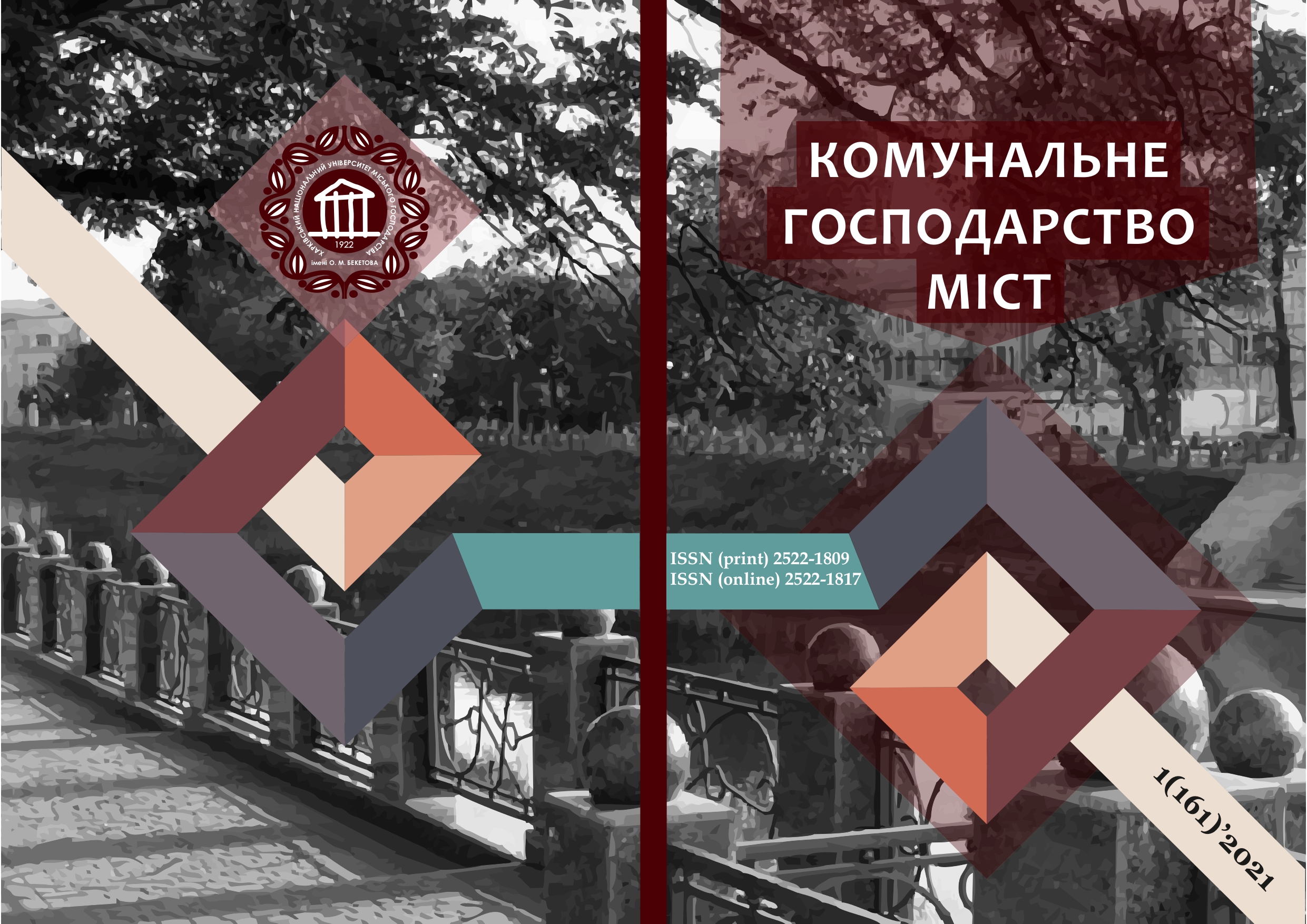MODERN SOFTWARE FOR COMPUTER MODELING IN ARCHITECTURAL EDUCATION
Array
Keywords:
architectural education, interior design, computer technologies, computer modeling, modern architecture, specialists-architects.Abstract
The article considers the most modern software that can be used in the development of various architectural and design projects of interior and exterior spaces, as well as highlights the features and benefits of using each of them in projects within the disciplines of specialty 191 Architecture and Urban Planning.
The main problem of modern architectural education is that with evolution of computer technologies, began the active development, implementation and modernization of various software tools for various types of design, 3-D modeling, sketching, etc. This area has developed very rapidly and almost every year new versions of programs are developed, where new features appear that increase the quality, efficiency, convenience and speed of work with these programs. Due to such a rapid software update, the previously developed curricula for the specialty 191 Architecture and Urban Planning need to be updated.
Today in the world there is a situation that the greater the number of programs owned by the employee and the higher the skill of working with them, the greater the value and need for staff in the global labor market. Therefore, modern educational programs need to be modernized by introducing practical work with new software, which was discussed in the article. Namely, the Magic Plan, Ruler App and Photo Ruler programs that will be useful for measuring the designed premises. Home Design 3D and Homestyler interior design programs will come in handy for developing and approving a general interior design solution with a customer. To develop the working documentation, the CAD programs Autodesk Revit, Autodesk Autocad, Graphisoft Archicad and the BIMx Viever application were considered. BIMx Viever may be needed for demonstrating the work done to the customer or additional consultations with him. The article also discussed 3-D modeling programs Sketchup, Sculptris, Autodesk 3ds Max, Grasshopper and visualization programs Corona Render, V-Ray, Lumion and Abvent Artlantis. Additionally, the programs that may be needed for designing a project album were considered, they include CAD programs, programs for working with PDF files such as Adobe Acrobat Reader, and graphic editors Adobe Photoshop and its analogues.
References
2. Gevorkyan T. A. Aesthetics of virtual digital architecture / T.A. Gevorkyan, B.L. Valkin // Architecture and Modern Information Technologies. – 2020. – №2 (51). – P. 362–372. – URL: https://marhi.ru/AMIT/2020/2kvart20/PDF/20_gevorkyan.pdfDOI: 10.24411/1998-4839-2020-15120.
3. Saleh M.S. The main directions of development of digital design methods in modern architecture // Architecture and Modern Information Technologies. - 2020. - №2 (51). – P. 351–361. - URL: https://marhi.ru/AMIT/2020/2kvart20/PDF/19_saleh.pdf DOI: 10.24411/1998-4839-2020-15119.
4. Mashhad. Burry M. Scripting Cultures: Architectural Design and Programming. – Wiley, 2011. – pp. 75– 97.
5. El-Khaldi M. Mapping Boundaries of Generative Systems for Design 14 Synthesis. MSc thesis, Massachusetts Institute of Technology. – Boston, 2007. – pp. 68–71.
6. Shpakov P. Fundamentals of computer graphics / P. Shpakov, Y. Yunakov, M. Shpakova. - Moscow: Litres, 2019. – 616 p.
Downloads
Published
How to Cite
Issue
Section
License
The authors who publish in this collection agree with the following terms:
• The authors reserve the right to authorship of their work and give the magazine the right to first publish this work under the terms of license CC BY-NC-ND 4.0 (with the Designation of Authorship - Non-Commercial - Without Derivatives 4.0 International), which allows others to freely distribute the published work with a mandatory reference to the authors of the original work and the first publication of the work in this magazine.
• Authors have the right to make independent extra-exclusive work agreements in the form in which they were published by this magazine (for example, posting work in an electronic repository of an institution or publishing as part of a monograph), provided that the link to the first publication of the work in this journal is maintained. .
• Journal policy allows and encourages the publication of manuscripts on the Internet (for example, in institutions' repositories or on personal websites), both before the publication of this manuscript and during its editorial work, as it contributes to the emergence of productive scientific discussion and positively affects the efficiency and dynamics of the citation of the published work (see The Effect of Open Access).

